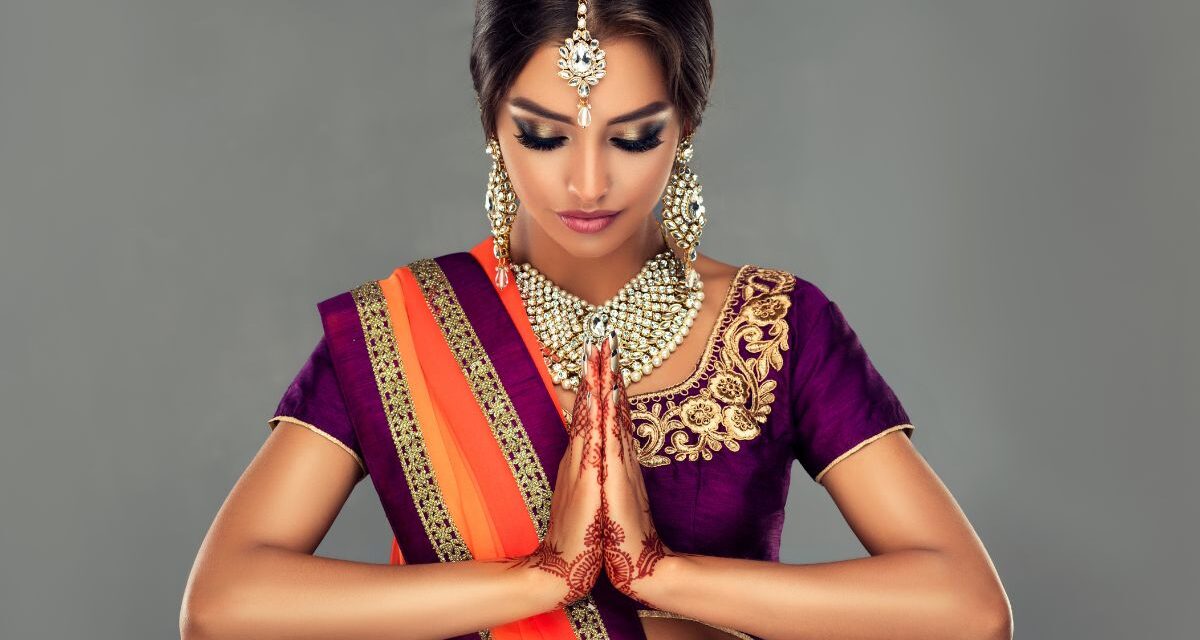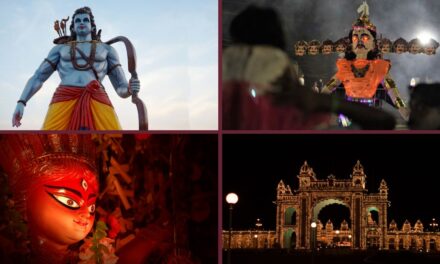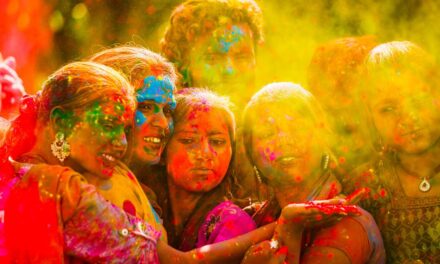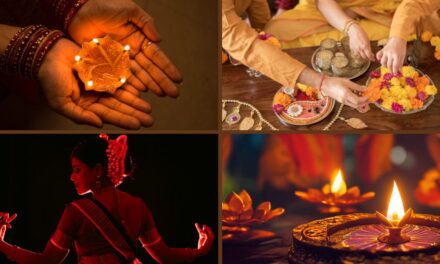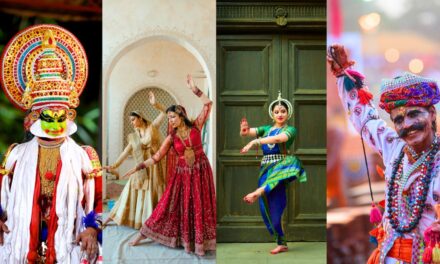Namaste, also known as namaskar is the Indian way of greeting and salutation.
Although namaste has its roots in Hindu culture and the word is originally from Sanskrit language, today it is seen more as the Indian way and all citizens of the country prefer greeting using the gesture.
Namaste can be used as both a welcoming gesture as well as to say goodbye.
You will find most customer facing industries such as hotels, restaurants, airports etc. welcome guests using namaste.
Traditionally, Indians would fold their hands, bow and say namaste instead of shaking hands.
What does Namaste Mean?
While it is used as a greeting with similar meaning to shaking hands, actual meaning of namaste is ‘I bow to you’.
It is a way to welcome someone from the heart, show them respect and honour.
How to Greet Namaste?
To greet namaste, you need to fold and join your hands in between your chest near the heart. Your palm and the fingers of each hand should align and touch each other with the fingers facing upwards.
With your hands folded, you should bow slightly and say namaste.
Note that bowing during namaste is not too pronounced and should be a slight bending forward of your head.
When someone greets you in namaste, the appropriate response would be to do the same.
Significance of Namaste
Namaste is the main form of greeting in India.
It is a non-contact form of greeting and more importantly, it is done to show respect to the other person.
Namaste is also the way Hindu Indians pray to God and start any kind of religious rituals.
Today, namaste is not just used as a form of greeting, salutation, welcoming gesture and to say goodbye, it is also done to mark the beginning of any activity such as yoga, meditation, prayers and some even do it before starting work or playing a sport.
The nature of namaste is such that it has taken spiritual meaning rather than any religious one. It is seen as a gesture that helps you feel calm, at peace and show the person you are interacting with that you value them.

